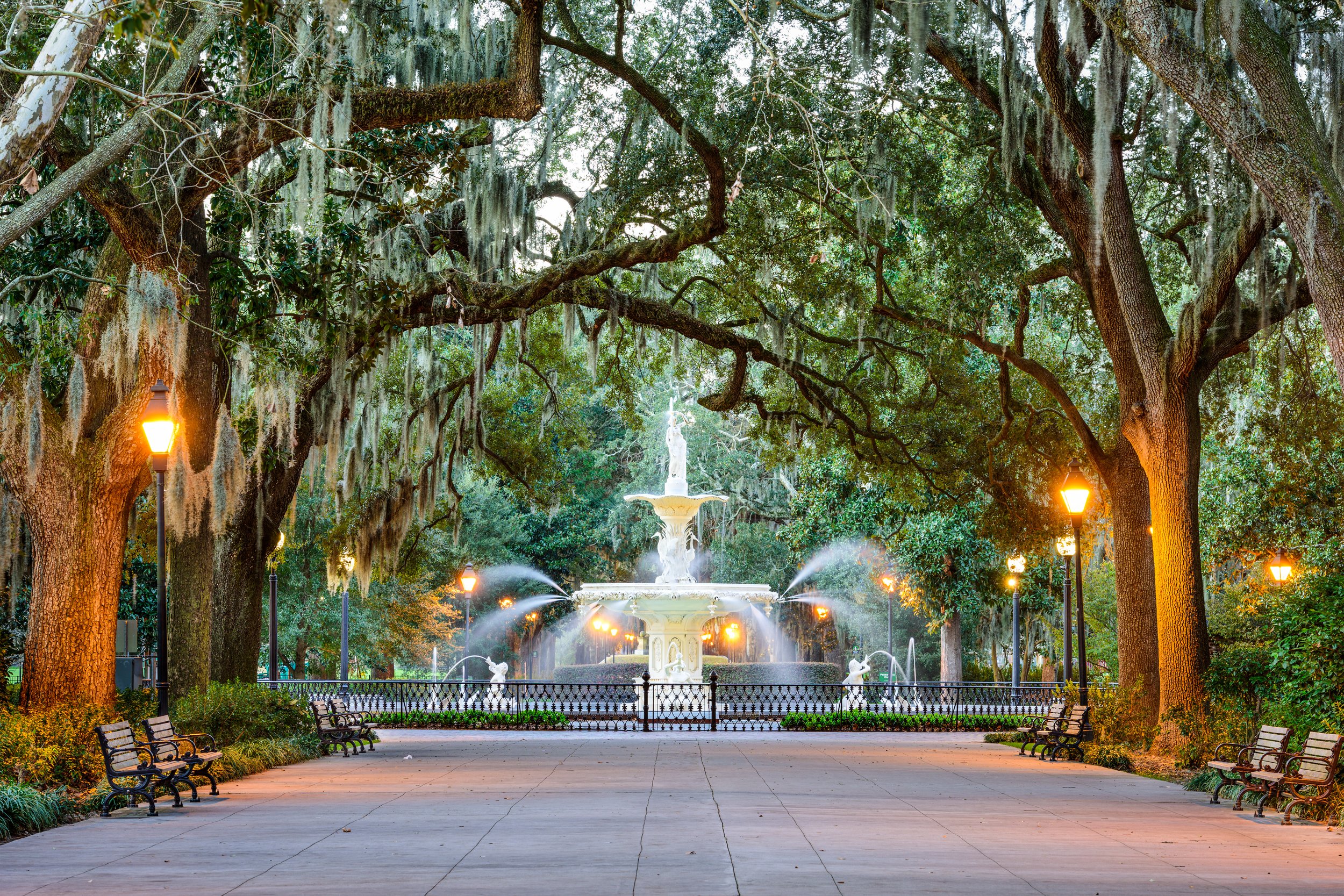
The Bellingham Suite
The Bellingham suite gets its name from The Joseph Fairbanks house, in Bellingham Massachusetts.
This room was the Parlor Bedchamber in the Fairbanks house and dates to the 1790s-1805 period. All the woodwork, crown molding, mantle, doors, floors, and hardware all originate from this house. This Fairbanks house was another candidate to move, but instead, the rooms were sold off and we obtained two rooms including this one and the original Parlor on the first floor. The woodwork here is from that house’s formal bedchamber and is slightly less ornate than the Parlor downstairs as this room was not intended for guests to see. It is architecturally speaking very transitional. It has some elements of Georgian design in the fireplace mantel, but also has some design cues from the newer trends of the Federal era, which started to take hold here in and around 1790. Some of those features include the Norfolk latches and six-panel doors. We tried to curate this space with antiques mostly of the Federal era/Early Republic period. Included in this room is a wonderful pastel portrait of Thomas Bowie (1771-1813) a wealthy man from Maryland by Thomas Bluget de Valdenuit (1763-1846), an Aaron Willard Banjo Clock (circa 1810), and a wonderful Samuel McIntire inspired chest of drawers from Salem MA.
The Antiques
Artist Bio: Thomas Bluget de Valdenuit (French 1763-1846)
Thomas was born in France in 1763 and attended Brienne and Paris Military Acadmies first becoming an artillery officer. He came to New York in 1793 where he earned his living as a painter and portrait artist. It is unclear where he learned how to paint, but he developed the skill of Physionotrace from one of the best portrait artists of the day Charles Balthazar Julien Fevret de Saint Memin (known as simply Saint Memin). Thomas returned to France in 1797 to inherit his uncle’s fortune. He was appointed by Napolean I to the general council of Aube where he was born.
History Of: Banjo Clocks
These early 19th-century clocks were patented by Simon Willard (1753-1848) in 1802. Simon was one of the most famous clockmakers of the 18th and 19th centuries, catering to wealthy clients, including Thomas Jefferson, who commissioned a clock for the University of Virginia. Simon's youngest brother, Aaron Willard (1757-1844), moved to Boston around 1790 and established his own clockmaking company, producing various styles, including the Banjo clock. These clocks became very popular in the early 19th century due to their affordability. The nickname "Banjo" comes from the clock's upper shape, resembling an inverted banjo. However, the Willards never referred to these clocks as "Banjo" clocks. Characteristic features of a Banjo clock include a circular dial with a narrow metal frame and a dome-shaped glass bezel. The top always bears a finial, with acorn and eagle designs being common.






